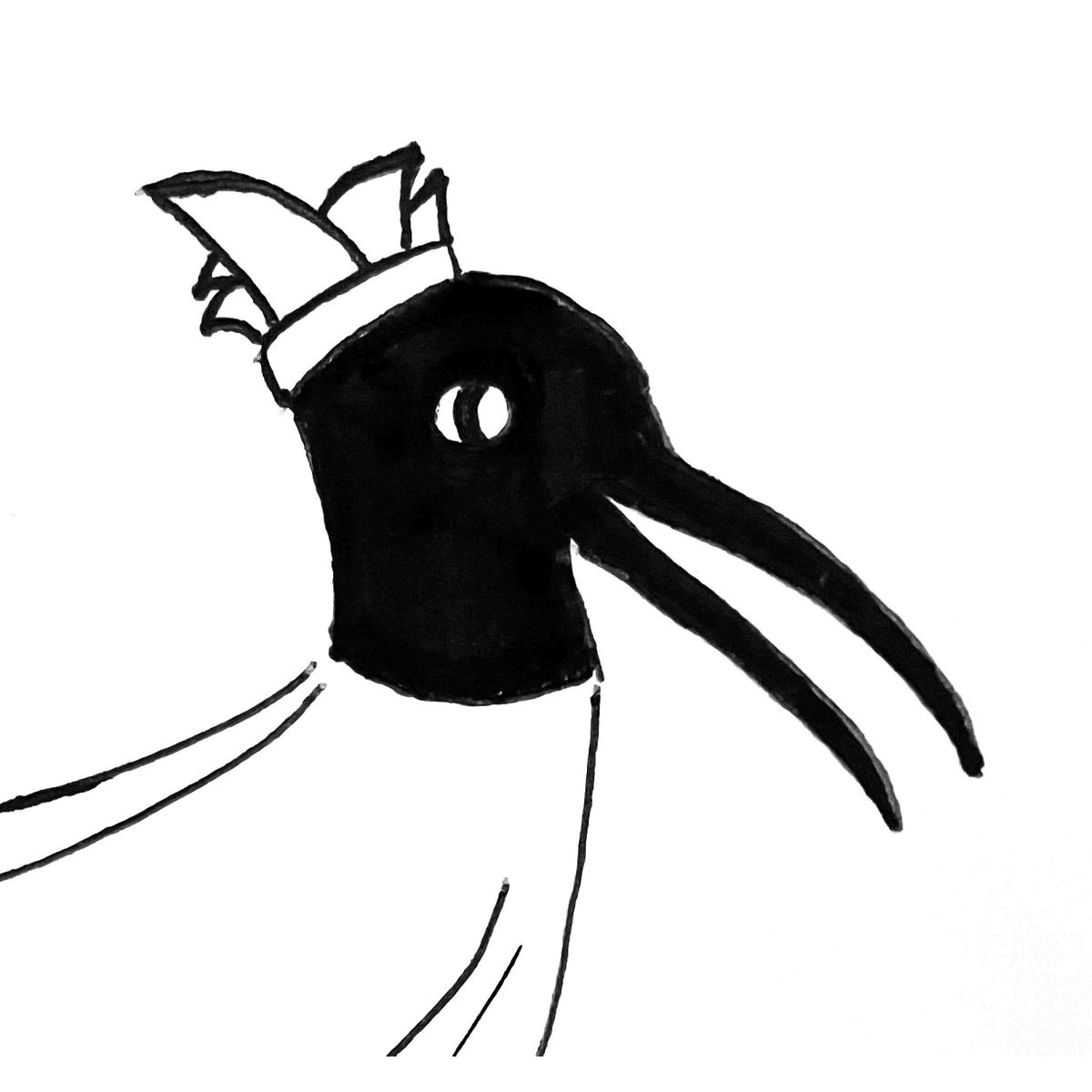The loftier cousin of cucumber and squash.
The city is stunning, decadent, a centre of culture, Nobel Prize winners, cricketing greats. Countless books, films, and songs have detailed the colours, dark and light, of this vibrant city where yellow Ambassador taxis give hint to where you might be - Kolkata.

It’s October and the monsoon rains have cleared, along with the literal millions of pilgrims partaking in the annual Durga Puja, a heaving festival celebrating the Hindu Goddess Durga and her defeat over Mahishasur. Easily recognisable, Durga rides a lion clutching her trident, featuring within thousands of pandals spread across the city, temporary structures set up to venerate her. Once dismantled and drowned in the River Hooghly, an eastern distributary of the Ganges river, it seems all that remains in Kolkata is an abundance of the perennial crop potol, parval, or the pointed gourd (Trichosanthes dioica).

"The universal colour and flavour of Bengali food, mustard, is paired with preparations of potol."
These often striped, diminutive football-esque vegetables come from a vine and are closely related to the cucumber and squash, yet are utilised in cooking most similarly to the eggplant. They share many features, taut skin, spongy flesh cloistering seeds; they can be stuffed, fried, or used in curries. The universal colour and flavour of Bengali food, mustard, is paired with preparations of potol. Potol Bhaja sees bisected potols fried in deluxe amounts of peppery mustard oil, turmeric and salt, creating a dry fry dish to accompany main courses such as khichdi or fish. Doodh Potol, Doi Potol, and Potol Rosha are all preparations with different types of dairy that give a rich and silky sauce companion to the vegetable. Finally, Potoler Dolma is the pinnacle dish which sees the potol often stuffed with minced meat, prawns, or cheese, fried and then placed in a separately cooked curry, ready to be served.
Fresh potol combines the aromas of a bitter gourd with that of green peas, bitterness and mustiness, respectively. Once cooked though everything comes alive, an honouring of skin, flesh, and seed. The skin of the potol is structured, bitterness evaporates, and closing your eyes you could be forgiven for thinking it is in fact the skin of an over-cooked piece of pumpkin. Its flesh has incredible substance and is far from watery like the unfortunate zucchini. Biting through these two elements you then strike gold - the nugget of a seed. A potol's seeds resemble peas except with a much firmer shell that 'pops' and 'crunches' as you chew, revealing the creamiest and most deluxe of kernels. The 'popping candy' of vegetables, if you will.
Overall, the potol's taste is benign like that of an eggplant which gives it the ability to take on bold flavours such as those used in Bengali cuisine like mustard. Give it a go.


Ibis Award: One. Potol is a vegetable worth obtaining if passing by an Indian or Bangladeshi grocer. Happen to be in India or Bangladesh? Most definitely try the dishes containing potol.
Ibis Tip: You can buy frozen pointed gourds in Australia from Indian and Bangladeshi grocers. Head to the freezer section, sift through, and look for 300gm frozen packs from brands like Shana, Vadilal, and Deep. They will often be labelled as Parwal / Parval, and Pointed Gourd; you'll get change from a $5 note.
Ibis Tip: ‘Bong’ has come to stand for West Bengalis as a whole, and ‘when a bong cooks’ and ‘bong eats’ feature an array of Bengali recipes and information, including how to make dishes using the potol.





Comments